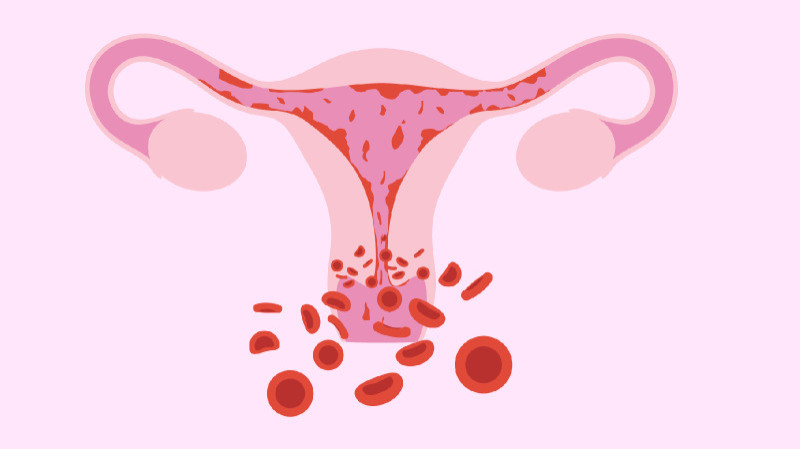Heavy menstrual bleeding (HMB) significantly affects women’s quality of life, necessitating effective interventions. A systematic review of Cochrane Reviews was conducted to assess the efficacy of various treatments. The primary outcomes of interest included menstrual bleeding reduction and patient satisfaction, while secondary outcomes examined quality of life, adverse events, and the need for further treatment. Interventions were classified into first- and second-line treatments based on participant characteristics, previous treatment history, and surgical candidacy.
First-line treatments primarily included medical interventions such as non-steroidal anti-inflammatory drugs (NSAIDs), antifibrinolytics (tranexamic acid), combined oral contraceptives, combined vaginal rings, long-cycle and luteal oral progestogens, levonorgestrel-releasing intrauterine systems (LNG-IUS), ethamsylate, and danazol. Among these, evidence from 26 studies involving 1,770 participants indicated that LNG-IUS provided the most significant reduction in menstrual blood loss (MBL). Antifibrinolytics were the second most effective treatment, likely reducing menstrual blood loss with an MD of -80.32 mL/cycle. Long-cycle progestogens also demonstrated a reduction in MBL (-76.93 mL/cycle), while NSAIDs exhibited only a slight effect (-40.67 mL/cycle). However, the certainty of evidence for most interventions remained low to very low, limiting definitive conclusions regarding patient satisfaction and overall perception of improvement.
Second-line treatments included hysterectomy, resectoscopic endometrial ablation (REA), and non-resectoscopic endometrial ablation (NREA). Evidence from 11 trials with 1,790 participants suggested that hysterectomy was the most effective in reducing menstrual blood loss. REA also demonstrated significant effectiveness, while NREA probably reduced menstrual blood loss. However, certainty regarding the effect on amenorrhea remained very low.
In terms of patient satisfaction, evidence from 27 trials involving 4,284 participants suggested that minimally invasive hysterectomy resulted in the highest levels of satisfaction. NREA also increased satisfaction, but certainty for other interventions was rated as very low.
Overall, LNG-IUS emerged as the most effective first-line treatment for reducing MBL, followed by antifibrinolytics and long-cycle progestogens. Among second-line treatments, hysterectomy provided the most definitive reduction in bleeding, followed by REA and NREA. However, further high-certainty studies are needed to assess the impact of these interventions on patient satisfaction and long-term outcomes.

